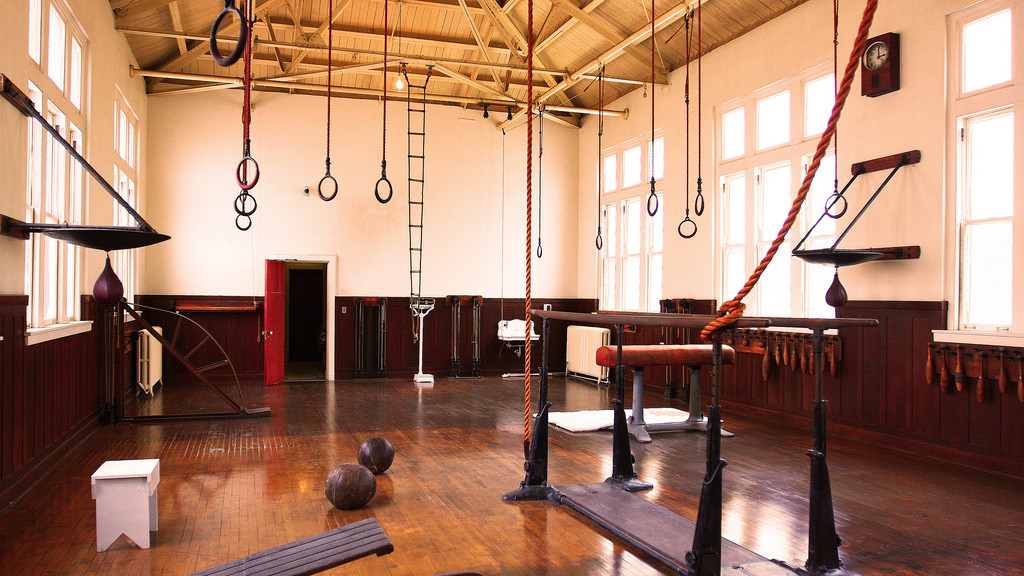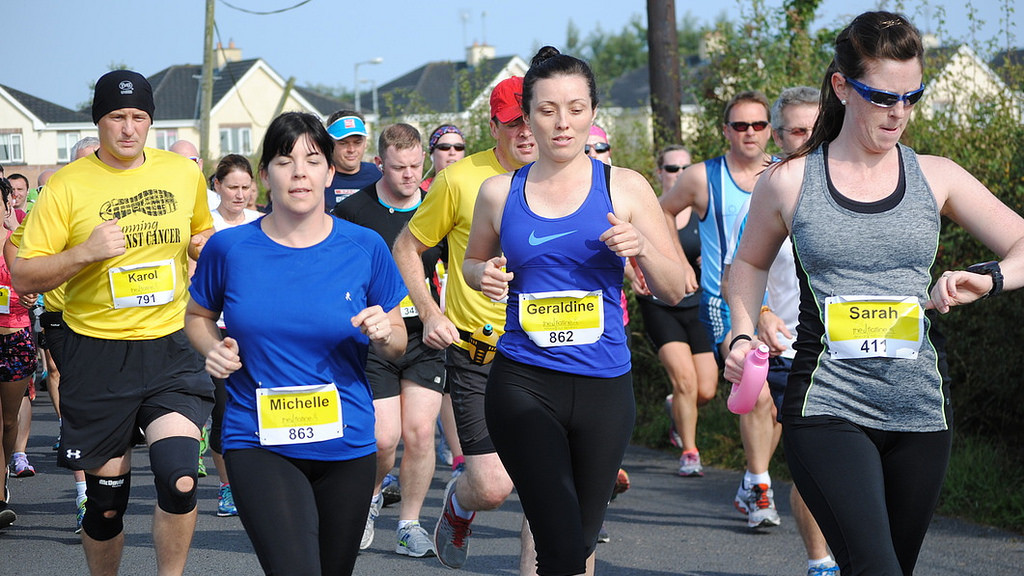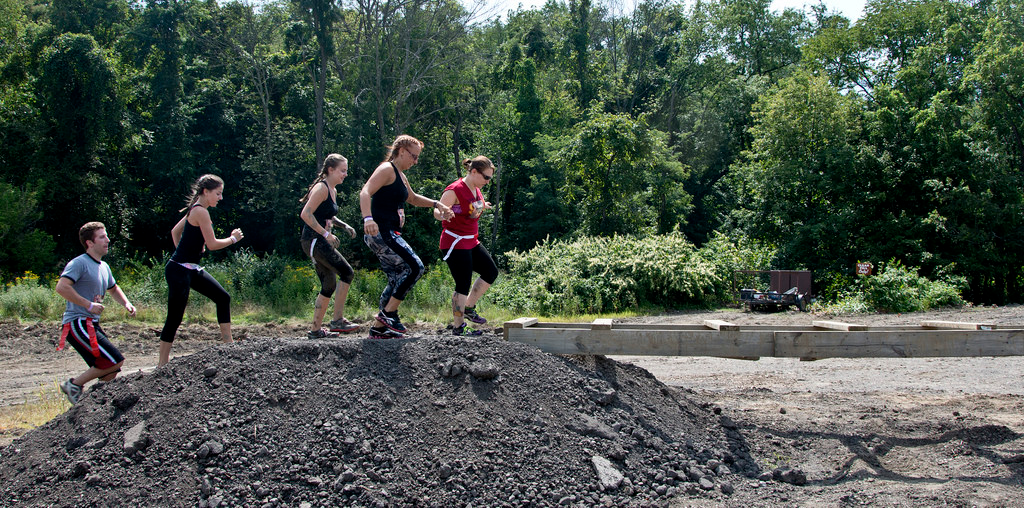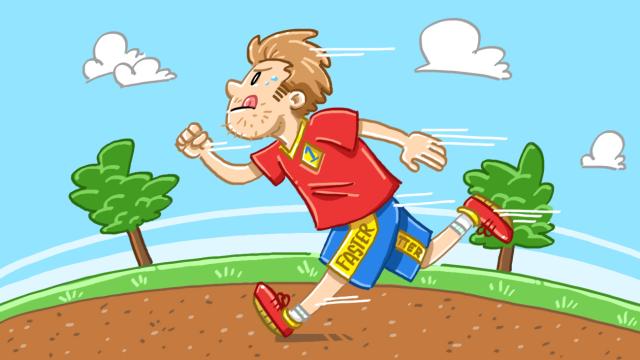It’s easy to fall into a routine with your running and never really think about changing things up, but you might be missing out on opportunities to improve. Today, I want to share four actionable ways you can improve your running.
Pictures: Tina Mailhot-Roberge, Rhett Landry, Peter Mooney, Rennett Stowe, Mark Stevens (Flickr).
This post originally appeared on Strength Running.
Running advice that’s actionable makes me giddy. I love training tips that work and are easily implemented into your plan no matter what race you’re preparing for.
Last week I was interviewed by John Sifferman for nearly 90 minutes and I said the word “actionable” at least 38 times. It’s that important to me.
We talked about the most powerful ways that runners can get faster and prevent more injuries. More importantly, I shared the lessons I’ve learned from almost 15 years of running (many of them that I had to learn the hard way after failing or getting hurt) and helping thousands of runners set new personal bests.
These lessons often fix the major problems that I see in people’s training. When I start coaching a runner — either in my one on one coaching program or just a training review — they fill out an extensive questionnaire that lets me see deep into their running background.
It’s this questionnaire that lets me see what they’re doing right, what they’re doing wrong, and why they’re struggling. Sometimes it’s a simple fix, but often it’s a combination of training improvements that result in impressive results.
I want to share four actionable ways you can improve your running. They will be simple and incredibly easy to implement. In fact, you can start today if you’re running after you read this!
These training strategies are excerpts from my book, 101 Simple Ways to be a Better Runner.
Start Doing Strides Two to Three Times Per Week

It’s incredible how many runners just aren’t doing strides on a regular basis — and in fact, many don’t even know what they are.
Strides are simply 20-30 second accelerations done after an easy run. They can be done almost anywhere — a parking lot (just be careful!), your street, a long driveway, or a field. Start by running at an easy pace, and then gradually get faster until you’re at about 95% of your maximum effort. Hold that for about 2-3 seconds, and then gradually slow to a stop. That’s one stride.
Take 30 seconds to a full minute of walking or standing rest in between each stride Start with four and increase to six or eight strides. Keep in mind that strides are relatively short, so while they’re fast (well, for a few seconds), they shouldn’t be hard at all — they’re fun! I’ve discussed strides in more detail here if you want to delve in.
Don’t Be a One-Trick Pony When You’re Getting Strong

Make sure your core and strength workouts challenge your body in all three planes of motion: front and back, lateral and rotational. Since running is all front and back motion, it’s important to move in different planes of motion to stay athletic and improve your injury resistance.
Here are a few exercises that help you do this:
- Lunge forward and rotate your trunk to the side and back as you lunge
- Side plank
- Side leg lifts
- Side lunges
- Hay bales with a medicine ball (squat down with a med ball, then as you raise up you lift the ball up and to your side. Rotate your trunk and watch the ball as you rotate it to your side.)
Running creates imbalances because it’s a repetitive movement in one plane of motion. Counteract those imbalances with exercises in multiple planes of movement to stay healthy.
Learn to Love Negative Splits

Running a negative split simply means running the last half faster than the first. You should negative split most of your distance runs, workouts and races if you can.
Negative splitting runs during training will increase your confidence to do it during a race — when time really counts. You also get a better aerobic stimulus (as in, more endurance!) when you teach your body to run faster later in a run when you’re already tired.
It’s easiest to do these types of workouts on out-and-back runs where you can time each half exactly. Any workout on the track lends itself well to negative splits since you can monitor each interval time to the second. Have fun with it!
Run Different Types of Long Runs

Long runs don’t have to be the same pace. In fact, you can squeeze even more fitness out of your long runs by varying the terrain and pace that you run in the later miles.
Three of my favourite types of long run variations include:
- Hilly long runs: run several long hills in the final 2-5 miles or run one long hill of 5-10 minutes in the final 2km-3km of your run.
- Long runs with surges: With 2km-3km left in your long run, start a short fartlek workout. My favourites include 8 x 30 seconds at your 10k pace with a 1-2 minute jogging recovery or 6 x 1 minute at your tempo pace with a 1-2 minute jogging recovery.
- Progressions: In the final 3km-8km of your long run, gradually pick up the pace so you end your run at your tempo or 10k pace. This is definitely an advanced type of workout, but it will help you gain even more endurance as you teach your body to run fast when it’s tired.
These are slightly more advanced versions of the standard long run, so progress intelligently and start with hills, then do a fartlek long run, and finally end with the progression.
Simple tweaks to your training can often produce dramatic results. Give these simple improvements to your running a try and let me know how you’re doing in a few weeks. You’ll probably be faster, stronger and in better shape!
All of these ideas follow the training pillars in the SR Coaching Philosophy so you know that if you use them consistently, you won’t be a victim of the Try Everything, Try Nothing approach to running.
4 Actionable Ways to Improve Your Running Today [Strength Running]
Jason Fitzgerald is a 2:39 marathoner and USATF-certified running coach at Strength Running. Get his latest coaching advice and free injury prevention course here.

Comments